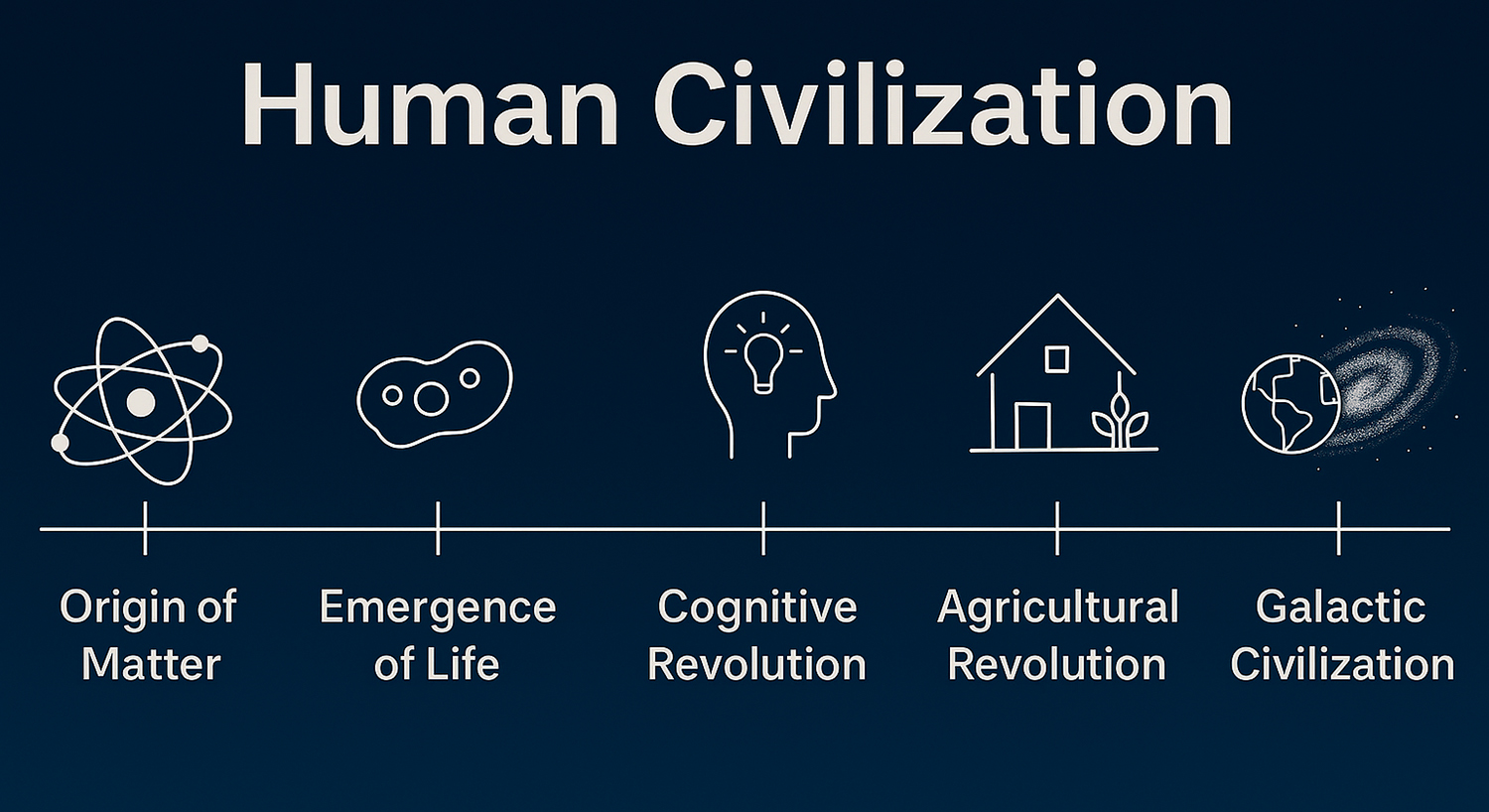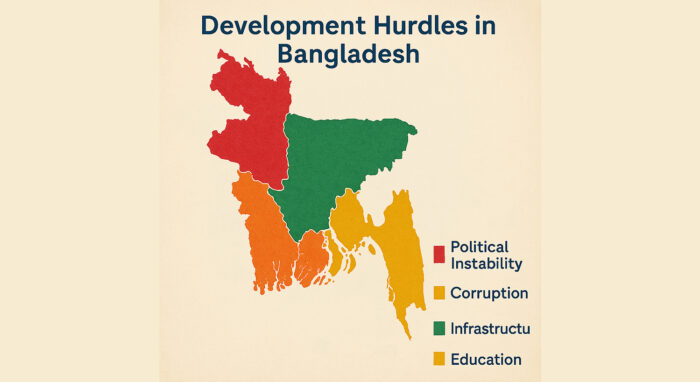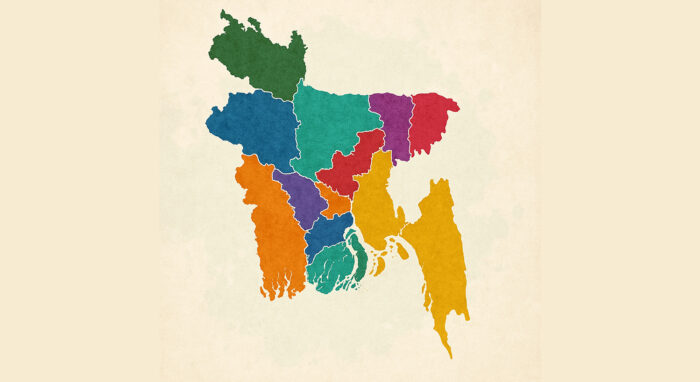
Human Civilization Timeline
The origins of human civilization, history, culture, and science
The past and future of human civilization – Will humans one day become gods?
(-) Past, (0) Present, (+) Future
Civilization Timeline
–13.5 billion years: Emergence of matter and energy. Beginning of physics. Formation of atoms and molecules. Chemistry begins.
–4.5 billion years: Formation of the Earth.
–3.8 billion years: Emergence of life. Beginning of biology.
-6 million years: Last common ancestor of humans and chimpanzees appears.
-2.5 million years: Early humans evolve in Africa. Invention of stone tools.
-2 million years: Humans spread from Africa to Eurasia. Emergence of various human species.
-500,000 years: Neanderthals evolve in Europe and the Middle East.
-300,000 years: Use of fire in daily life.
-200,000 years: Evolution of modern humans in East Africa.
-70,000 years: Cognitive revolution begins history: modern humans spread out of Africa.
-45,000 years: Humans settle in Australia, causing extinction of native species.
-30,000 years: Extinction of Neanderthals.
-16,000 years: Humans settle in the Americas, leading to extinction of native biodiversity.
-13,000 years: Extinction of Homo floresiensis. Modern humans become the sole surviving human species.
-12,000 years: Agricultural revolution. Domestication of plants and animals. Beginning of permanent settlements.
-5,000 years: Emergence of kingdoms, writing systems, and currency. Rise of polytheistic religions.
-4,250 years: First empire – Sargon’s Akkadian Empire begins.
-2,500 years:
# Invention of coins – universal currency system.
# Persian Empire – universal political system “for the benefit of all people.”
# Spread of Buddhism in India – belief in the universal truth “may all beings be free from suffering.”
-2,000 years:
# Rise of Han Empire in China.
# Expansion of Roman Empire in the Mediterranean.
# Emergence of Christianity.
-1,400 years: Emergence of Islam.
-500 years:
# Scientific revolution. Humans begin to understand ignorance and gain unprecedented power.
# Europeans begin conquest of the Americas and oceans. The world becomes a single historical arena.
# Emergence of capitalism.
-200 years:
# Industrial revolution. Families and communities transform into states and markets. Massive extinction of flora and fauna.
# Humans surpass Earth’s boundaries. Chemical weapons pose a threat to humanity. Traits of organisms are now shaped not by natural evolution but by intelligent design.
==============
0 years:
Will intelligent design be the future mantra of humanity? Will superhumans replace modern humans? Despite all scientific progress, humanity has yet to reach Type 1 – Planetary Civilization.
==============
About 13.5 billion years ago, a massive explosion known as the Big Bang gave birth to matter, energy, time, and space. The branch of knowledge that discusses these fundamental aspects of the universe is called physics.
About 300,000 years after the formation of matter and energy, they combined to form a complex structure called the atom. An atom is the smallest unit of an element that can participate in chemical reactions. These atoms later arranged themselves in various ways to form more complex structures known as molecules. The story of atoms, molecules, and their interactions is called chemistry.
Much later, around 3.8 billion years ago, certain molecules on a planet called Earth in this universe combined to form large and complex structures known as ‘life’. The branch of science that studies living organisms and their functions is called biology.
About 70,000 years ago, among all living beings, a species called Homo sapiens initiated the concept of culture. In short, all tangible materials, food, shelter, clothing, production methods, and behaviors used by a species together form its culture. The continuous transformation of Homo sapiens’ culture is what we call history.
==============
In 1964, Russian theoretical physicist Nikolai Kardashev developed a scale to measure the advancement of civilizations, known as the Kardashev Scale. It includes:
+500 years: Type 1 – Planetary Civilization:
A civilization that has colonized all planets in its solar system. It can harness 7×10^17 watts of energy from its central star or sun. It can control all energy sources on its planet – such as earthquakes, tornadoes, volcanic eruptions, etc.
+100,000 years: Type 2 – Interstellar Civilization:
A civilization capable of building a Dyson Sphere to harness the full energy of its sun. An interstellar civilization. That means it can control all energy from its star – in our case, the sun. It can travel beyond its solar system across hundreds or thousands of light-years to colonize other planetary systems. It is believed that such civilizations exist in the universe that can build Dyson Spheres and control their central stars.
[ I have no further information about the distance to the next types of civilization. So I couldn’t mention them. But it will take millions of years for humans to reach those levels. ]
Type 3 – Galactic Civilization:
A civilization capable of harnessing all the energy of its galaxy. In our case, it means accessing the total energy of the Milky Way. Such a civilization can travel to every galaxy or star cluster in the universe. They possess infinite knowledge of time and space.
Type 4 to Type Omega:
Universal civilization. That means the ability to travel anywhere in the universe and harness energy. These are civilizations with divine-like powers, so advanced that our limited science and intellect cannot describe them.
Type 5 is the ability to influence multiple universes.
==============
It’s worth noting that we humans are currently at Type 0 or approximately 0.73. To reach Type 1, it will take at least 500 years. And to reach Type 2, it may take over a hundred thousand years. Renowned physicist Carl Sagan once said, “Humans are still technologically newborns, gradually moving toward building a Type 1 civilization.”
Related Posts

What are the main obstacles to Bangladesh’s development?
Bangladesh is a promising country in South Asia, with significant growth in economic progress, humanRead More

বাংলাদেশের উন্নয়নের পথে প্রধান সমস্যাগুলো কী কী?
বাংলাদেশ দক্ষিণ এশিয়ার একটি সম্ভাবনাময় দেশ, যার অর্থনৈতিক প্রবৃদ্ধি, মানব উন্নয়ন সূচকে অগ্রগতি এবং বৈশ্বিকRead More

What was the number of martyrs in the 1971 Liberation War?
The claim of 3 million martyrs is entirely unrealistic – there’s no logical basis toRead More

Comments are Closed